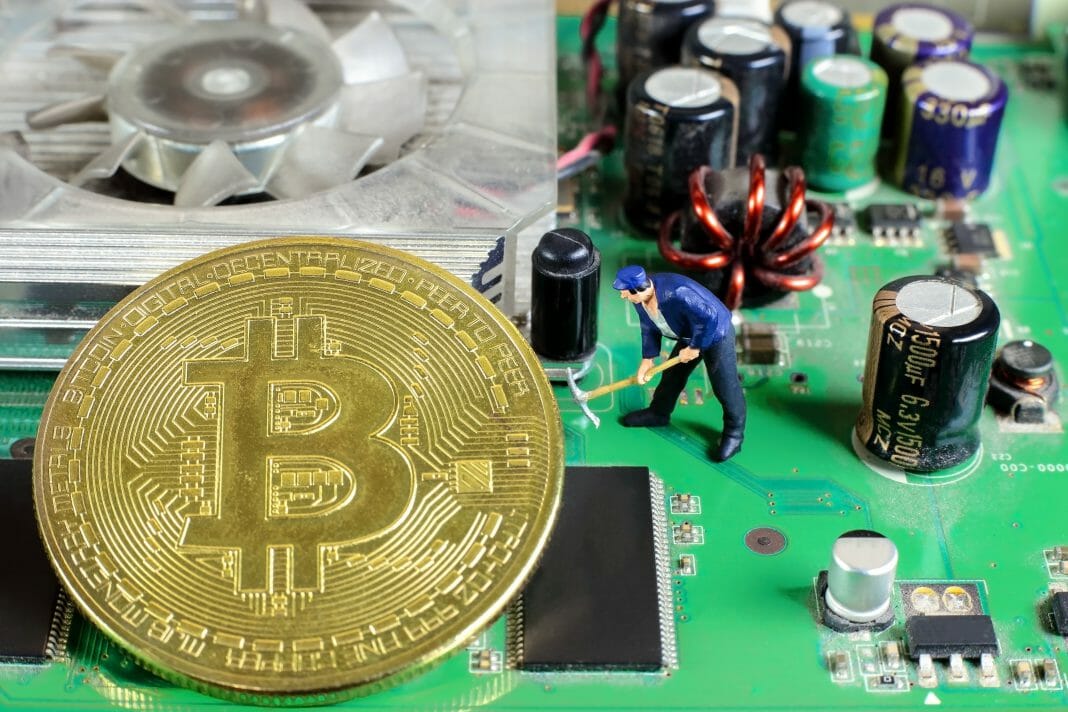In October 2011, the record decrease in mining difficulty was 18%, to remain in 1.20M. On the evening of last March 25th, the difficulty of the Bitcoin network showed its second-biggest fall, after a decrease in hash rate and congestion of transactions in the mempool had occurred in the afternoon.
Bitcoin’s mining difficulty had its second steepest fall in the history of this platform. The first big fall occurred in October 2011, with an 18% reversal rate, in which it recorded a decrease from 1.41M to 1.20M. This fall appears in the BTC.com chart, which shows all scheduled changes in Bitcoin’s mining difficulty.
According to data from blockchain.com, a total of 59,841 transactions accumulated in the mempool last March 25th at 15:30 UTC. At 14:30, there had been a decrease to 26,790 transactions, which then increased to reach 51,560 at 16:00 UTC.
Subsequently, the number of transactions to confirm gradually decreased to around 2,000 pending transactions. This coincided with the expectation of the fall in Bitcoin’s mining difficulty, scheduled at 3:00 UTC on March 26th.
Mempool and Fees
This situation generates an increase in the fee per transaction, which is currently around an average of 1 US dollar, according to BitInfoCharts. The average price of fees marked its monthly high last March 20th, fluctuating between USD 1.7 and USD 1.5 per transaction.
Some Twitter users have expressed their opinion regarding this delay, pointing to the possibility that a group or entity has been deactivating their equipment. Supposedly, the idea is to cause a scenario where the average transaction fee tends to increase since their activity has stopped being profitable due to the recent fall in the market.
Likewise, user @Nic_Carter noted that the time to issue each Bitcoin block during the last two weeks has been 14 minutes, which is under the average and generates delays.
During the whole month of January, Bitcoin’s hash rate has had a bearish trend. Besides, despite a little increase since March 19th, the hash rate marked 77.1 Eh/s on March 25th at 16:00 GMT, reaching its lowest point in less than 30 days.
Regarding the difficulty of the network, it remained stable at 15.5T in February, to show a jump to 16.5T between March 8th and 10th, according to data from CoinMetrics.
User @NotQuiteMaximal commented that the congestion in the mempool could be related to miners’ strategy to intentionally delay mining to raise the amount of the fees temporarily. This user said that Bitcoin’s mempool is exploding now since a primary miner seems to have stopped mining to increase the value of fees.
It is less than 2 months until the reduction of block reward or halving, which leads to thinking that some members are afraid to be out of the game and want to be more profitable during these months. However, if they kept their devices connected, they could collect higher fees per transaction and obtain efficient long-term performance. Even so, there are alternatives to prevent mining equipment from becoming completely obsolete after the halving event.
By Alexander Salazar









